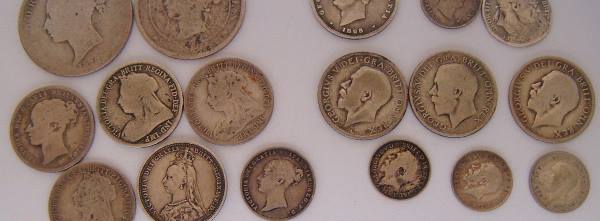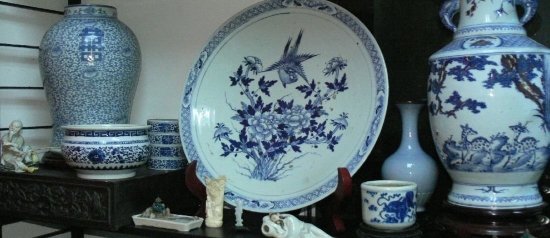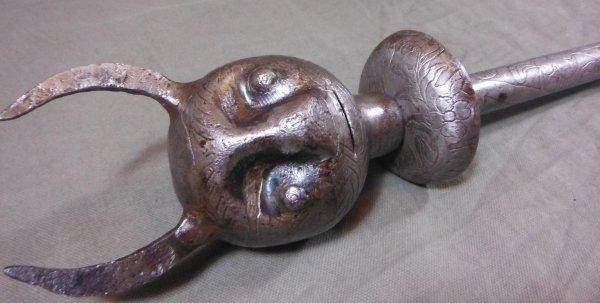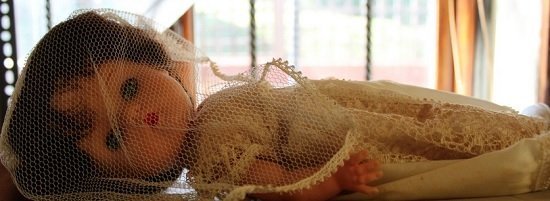Ancient coins have great artistic merit and are relatively easy to obtain in Australia, being one of the few classes of antiquities that are within anyone’s financial reach. As well as satisfying the basic human instinct to collect, and having the potential to be financially rewarding, such coins are educational, both for their historical and geographical associations and for the knowledge which researching their backgrounds brings.
Defining Ancient Coins
Ancient coins are those coins made in the ancient world, usually in Europe, Asia Minor, or the Middle East. Although coins were also developed in China and India from about 700 BC, but they do not form part of this account.
Coins were issued by the ancient Greeks from about 650 BC to approximately 50 BC. They were also issued by the ancient Romans, starting under the Roman Republic at the beginning of the third century BC. After the collapse of the Republic, coins continued to be issued throughout the Roman Empire by the various emperors from Augustus in 27 BC to the last of the Western Roman Emperors near the end of the fifth century. Additionally, the issue of coins continued in the eastern part of the ancient world, known as the Byzantine Empire, until the fall of Constantinople to the Islamic Turks in 1453. The category of ancient coins also includes the issues of a whole host of minor kingdoms, various city states and the small and large empires – spread between Britain, Germany, Poland and Pakistan to Ethiopia and North Africa – which covered the known western world throughout the 2000 years preceding the mid-fifteenth century.
Today, some millions of coins issued during this period survive with only a relatively small percentage (about 30 percent) being in museums and other public institutions such as government and university collections. Consequently collectors have the opportunity to acquire an almost endless range of coin types in a range of metals. Most coins are copper or bronze but many also survive in silver, and there are a few surviving examples in gold.
The reason for the abundance of coins is the number of hoards that were buried in antiquity. Since there were no banks, coins were commonly kept safe by being buried in a place known only to their owner, who at times died before recovery of the savings could be effected. Thousands of such hoards have been found in modern times. Some are very valuable in terms of the original wealth represented and of their current value to collectors – with a few being worth in excess of A$20 million.
Individual hoards can vary in size from a few coins to over 100,000 coins. The largest hoard ever found was discovered in 1366 at Tourves, fifty kilometres east of Marseilles in France, when children came across some coins that had fallen from a small hole. When they enlarged the hole with their hands coins proceeded to shower from the side of the bank ‘like a water fountain’. The shower continued for some time, and when the silver was collected twenty mules were required to carry the load. It has been estimated that the weight must have been about 2,400 kilograms. All were small obols of Massalia, each weighing about half a gram. The hoard consequently contained over four million coins, all of which were subsequently melted down into silver bullion.
More recently, in the early 1980s, the fabulous ‘Decadrachm hoard’, which had been buried in approximately 460 BC and contained about 1700 silver coins, was found in Turkey. The hoard was bought by investors in the United States and became the subject of court action by Turkey for its return. The case was settled recently with the voluntary return of the coins and with Turkey promising to build a museum to house the collection. This hoard contained many new pieces and an extraordinary group of fourteen Athenian decadrachms of circa 465 BC (which approximately doubled the number of known examples of this coin).
Many of the very large hoards comprise Roman coins buried in the troubled third century during the conflicts between the various rival emperors and usurpers. These coins, many in worn condition, can be easily identified, with an attribution to a specific emperor and a particular mint of issue within the Roman world. Many can be obtained for as little as five dollars. On the other hand, a large silver tetradrachm, almost as struck, of Alexander the Great issued about 325 BC can cost A$500-$l000 and a choice gold aureus of the Roman Emperor Nero can cost A$5000.
There are several hundred serious collectors of ancient coins in Australia and a number of them have joined numismatic societies such as the Australian Numismatic Society which meets on the evening of the second Monday of each month at the Powerhouse Museum in Sydney. The monthly Australian Coin Review contains a more detailed listing of Australian coin clubs. Another group, ASAN (Australian Society of Ancient Numismatics) meets at the rooms of Noble Numismatics in Macquarie Street, Sydney on a monthly basis to discuss and show only ancient coins.
There are many books available that will assist new collectors. A visit to a coin auction house or to your local coin dealer should introduce you to a few of the basic books on ancient coins. A monthly publication Celator, printed in the USA, is entirely devoted to the subject of ancient coins.
Many collectors, after some years of broadly acquiring ancient coins, move to an area of specialisation. This may be a specific series like that of Alexander the Great and his coinage; a collection of an example of each Roman emperor; the issues of a specific city (for example, Athens), state (for instance, Thessaly), a selected group (for example, Jewish or Biblical coins), a region (South Italian Greek coins, or coins of mainland Greece, for example) or an empire (such as Parthian or Seleucid). These examples cited represent some of the areas of specialisation by collectors in Sydney who are known to this writer.
Collecting and studying ancient coins has been my pursuit for nearly fifty years. It has taught me a tremendous amount of ‘hands on’ ancient history and opened up to me a diverse range of coin types. I regard these as miniature works of sculpture produced by some of the greatest artists and engravers of all times. This hobby has satisfied my collecting instincts and has allowed me to make lifelong friends with a diverse range of similarly inclined collectors and scholars throughout the world.







